Products
Ansys Sherlock
Complete Life Predictions for Electronics Components
Ansys Sherlock is the only reliability physics-based electronics design tool that provides fast and accurate life predictions for electronic hardware at the component, board and system levels in early stage design.
Ansys Sherlock for Product Life Prediction
Ansys Sherlock provides fast and accurate life predictions for electronic hardware at the component, board and system levels in early design stages. Sherlock bypasses the ‘test-fail-fix-repeat’ cycle by empowering designers to accurately model silicon–metal layers, semiconductor packaging, printed circuit boards (PCBs) and assemblies to predict failure risks due to thermal, mechanical and manufacturing stressors–all before prototype.
- Validated Time-To-Failure Predictions
- Rapid ECAD to FEA and CFD Translations
- Closed-loop Reliability Workflow with Ansys Mechanical, LS-DYNA & Icepak
- Complete Product Lifetime Curve
Features
Quick Specs
With embedded libraries containing over one million parts, Sherlock rapidly converts electronic computer-aided design (ECAD) files into computational fluid dynamics (CFD) and finite element analysis (FEA) models. Each model contains accurate geometries and material properties and translates stress information into validated time-to-failure predictions. Sherlock parts databases also include a link to Ansys Granta Materials Selector.
Still have a question?
Drop Test Simulation
Thermal Analysis Prep
PCB and PCBA Materials
Trace & Via Capture
Locked IP Model
Over One Million Part Library
Shock/Vibration/Thermal Cycling Analysis
Crack & Fracture Modeling
Default Package Geometries
Ansys Workbench Integration
1-D/3-D Solder Failure Predictions
Fatigue Life Analysis
Capabilities
Design for Reliability From the Very Start of your Project
Electrical, mechanical, and reliability engineers can work in tandem to implement design best practices, predict product lifetimes and reduce failure risks.
Sherlock reduces expensive build-and-test iterations by virtually running thermal cycling, power-temperature cycling, vibration, shock, bending, thermal derating, accelerated life, natural frequency, and CAF to adjust designs in near real-time and achieve qualification in one round. In post-processing simulation results from Icepak and Mechanical, and LS-DYNA, Sherlock can predict test success and estimate warranty return rates. Icepak, Mechanical, and LS-DYNA users are more efficient by directly connecting simulation to material and manufacturing costs.
Capabilities
Key Features
Unlike any other tool on the market, Sherlock uses files created by your design team to build 3D models of electronic assemblies for trace modeling, post-processing, and reliability predictions. This early insight immediately identifies areas of concern and allows you to adjust and retest designs quickly.
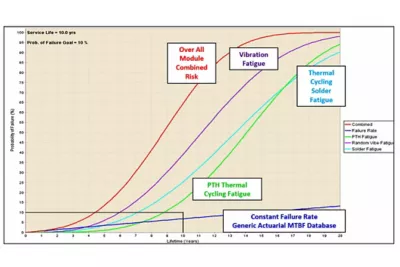 Reliability Predictions
Reliability Predictions
 Reliability Predictions
Reliability Predictions Sherlock’s post-processor determines time to failure with a complete and comprehensive lifetime curve—reducing the number of required physical testing iterations and improving the chances that prototypes will pass qualification tests in the first round.
Sherlock’s post-processing tool includes reporting and recommendations, a lifetime curve graph, red-yellow-green risk indicators, tabular display, graphic overlay, pinned results based on reliability goals, automated report generation and a locked IP model for review by suppliers and customers.
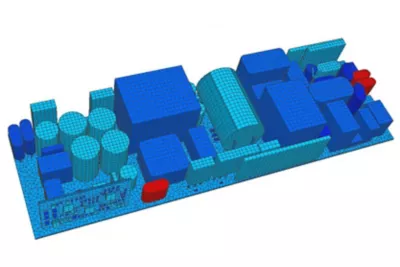 PCB Modeling
PCB Modeling
 PCB Modeling
PCB Modeling With its extensive parts and materials libraries (part, package, materials, solder, laminate and more), Sherlock automatically identifies your files and imports your parts list. It then builds a 3D finite element analysis (FEA) model of your circuit board in minutes.
Sherlock’s powerful parsing engine (capable of importing Gerber, ODB++ and IPC-2581 files, etc.) and embedded libraries (containing over 600,000 parts) automatically builds box-level FEA models with accurate material properties—reducing pre-processing time from days to minutes.
 ECAD to CAE
ECAD to CAE
 ECAD to CAE
ECAD to CAE Sherlock is the leading industry tool for converting a range of ECAD files into simulation-ready finite element models, with the following features:
- Captures stackup from output files (Gerber, ODB++, IPC-2581)
- Automatically calculates weight, density and in-plane and out-of-plane modulus, coefficient of thermal expansion and thermal conductivity
- Allows the user to explicitly model all PCB features (such as traces and vias) over the entire circuit board or in a region using either 1D/2D reinforcements or 3D solids
- Captures over 40 different part and package parameters using the embedded parts/package/material libraries
- Geometry with material properties can be exported for current density (SIwave), thermal (Icepak) or structural (Mechanical) analysis
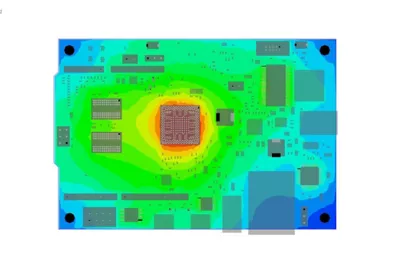 Failure Analysis
Failure Analysis
 Failure Analysis
Failure Analysis Utilizing Physics of Failure and Reliability Physics techniques, Sherlock accurately predicts the failure behavior of electronic hardware and components, providing users with actionable results to optimize their product designs.
Physics of Failure (PoF), or Reliability Physics, uses degradation algorithms that describe how physical, chemical, mechanical, thermal or electrical mechanisms can decline over time and eventually induce failure. Sherlock uses these algorithms to assess thermal cycling, mechanical shock, natural frequency, harmonic vibration, random vibration, bending, integrated circuit/semiconductor wear-out, thermal derating, conductive anodic filament (CAF) qualification and more.
 Thermal Reliability
Thermal Reliability
 Thermal Reliability
Thermal Reliability Sherlock predicts thermal failure rate and end of life for multiple part technologies as a function of ambient temperature, temperature rise due to power dissipation, and electrical loads.
Aging and wear-out of integrated circuits are captured through acceleration transforms for electromigration, time-dependent dielectric breakdown, hot carrier injection and negative bias temperature instability. Supplier-specific time to failure predictions for aluminum liquid electrolytic capacitors and ceramic capacitors (MLCC) is provided. Finally, Sherlock automates the thermal derating process and flags devices being used outside of the specified operation or storage temperature range.
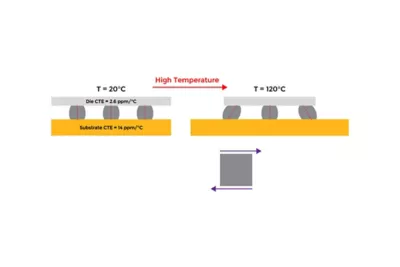 Solder Fatigue
Solder Fatigue
 Solder Fatigue
Solder Fatigue Sherlock provides users ultimate flexibility in predicting solder fatigue behavior. The software’s fully validated 1D solder model predicts solder fatigue reliability under thermomechanical and mechanical environments for all electronic parts (die attach, BGA, QFN, TSOP, chip resistor, through hole, etc.).
Sherlock’s Thermal-Mech capability incorporates the effect of system-level mechanical elements (chassis, module, housing, connectors, etc.) on solder fatigue analysis by capturing complex, mixed mode loading conditions. Sherlock also supports the use of Darveaux or Syed models in Ansys Mechanical by pushing simulation-ready models of BGA, CSP, SiP, and 2.5D/3D packaging.
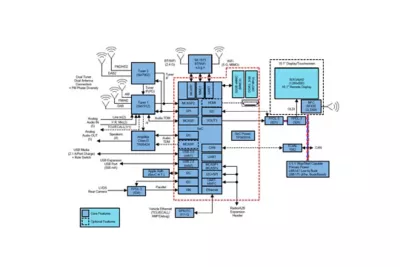 Mechanical Parts
Mechanical Parts
 Mechanical Parts
Mechanical Parts Sherlock’s intuitive user interface allows even the beginner user to add additional features to their PCBA model before simulation.
This includes our heatsink editor, where users can create pin- and fin-based heatsinks using fill-in fields and drop-down menus and attach them to components or PCBs. Users can also add a wide variety of conformal coatings, potting compounds, underfills, and staking adhesives so the FEA model best represents the real world.
Visioneering
Recent Events &
Webinars
Discover how engineering simulation is expanding across the entire product lifecycle.
Ansys Multiphysics
Conference
Join us on Saturday, June 10th, 2023, at 3 PM. The event will take place at Riverside Park, 123 River Lane, Springfield.
Blog
Future Tech Expo 2025
Join us on Saturday, June 10th, 2023, at 3 PM. The event will take place at Riverside Park, 123 River Lane, Springfield.

Blog
Innovative Simulations
Summit 2025
Join us on Saturday, June 10th, 2023, at 3 PM. The event will take place at Riverside Park, 123 River Lane, Springfield.
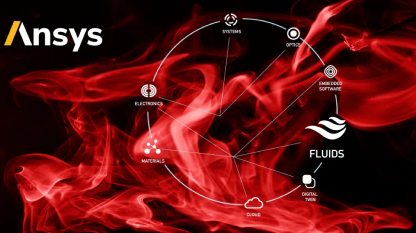
Innovative Simulations
Summit 2025
Join us on Saturday, June 10th, 2023, at 3 PM. The event will take place at Riverside Park, 123 River Lane, Springfield.
Ansys Multiphysics
Conference
Join us on Saturday, June 10th, 2023, at 3 PM. The event will take place at Riverside Park, 123 River Lane, Springfield.
Blog
Innovative Simulations
Summit 2025
Join us on Saturday, June 10th, 2023, at 3 PM. The event will take place at Riverside Park, 123 River Lane, Springfield.

Visioneering
Blogs & Trends
Discover how engineering simulation is expanding across the entire product lifecycle. engineering / product design analysis by modeling & simulation.

Innovative Simulations Summit 2024
Introduction Mi tincidunt elit, id quisque ligula ac diam, amet. Vel etiam suspendisse morbi eleifend faucibus eget vestibulum felis. Dictum quis montes, sit sit. Tellus aliquam enim urna, etiam. Mauris

Ansys Multiphysics Conferences
Introduction Mi tincidunt elit, id quisque ligula ac diam, amet. Vel etiam suspendisse morbi eleifend faucibus eget vestibulum felis. Dictum quis montes, sit sit. Tellus aliquam enim urna, etiam. Mauris

Ansys Multiphysics Conferences
Introduction Mi tincidunt elit, id quisque ligula ac diam, amet. Vel etiam suspendisse morbi eleifend faucibus eget vestibulum felis. Dictum quis montes, sit sit. Tellus aliquam enim urna, etiam. Mauris

Innovative Simulations Summit 2024
Introduction Mi tincidunt elit, id quisque ligula ac diam, amet. Vel etiam suspendisse morbi eleifend faucibus eget vestibulum felis. Dictum quis montes, sit sit. Tellus aliquam enim urna, etiam. Mauris
Innovate
Breaking News & White Paper
Discover how engineering simulation is expanding across the entire product lifecycle.
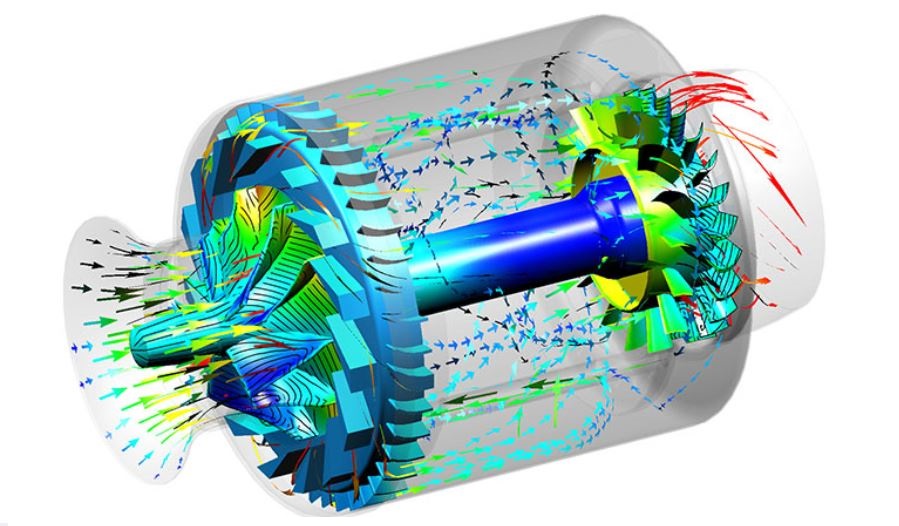
Smart Strategies for Large Structural Simulations
One way to gauge the progress of engineering simulation software is through the lens of size. Engineers today routinely run structural simulations with a few million degrees of freedom, and the largest commercial structural simulations have topped even 100 million degrees of freedom.
Introduction Mi tincidunt elit, id quisque ligula ac diam, amet. Vel etiam suspendisse morbi eleifend faucibus eget vestibulum felis. Dictum quis montes, sit sit. Tellus
Introduction Mi tincidunt elit, id quisque ligula ac diam, amet. Vel etiam suspendisse morbi eleifend faucibus eget vestibulum felis. Dictum quis montes, sit sit. Tellus
Introduction Mi tincidunt elit, id quisque ligula ac diam, amet. Vel etiam suspendisse morbi eleifend faucibus eget vestibulum felis. Dictum quis montes, sit sit. Tellus
studies
case
Explore Case Studies
Qantur Technologies is a pioneer engineering simulations company based in Gurgaon –India. We provides expert Computer Aided Engineering – CAE consulting services for engineering / product design analysis by modeling & simulation.
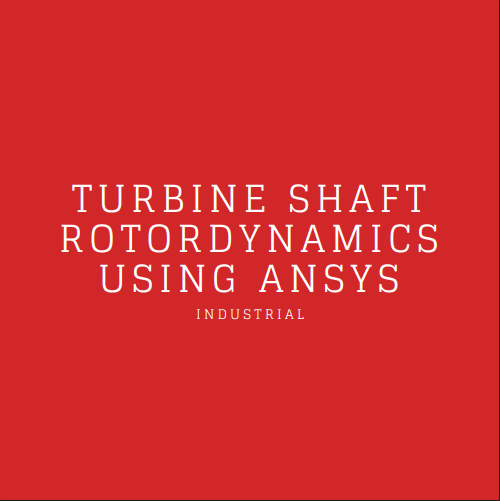
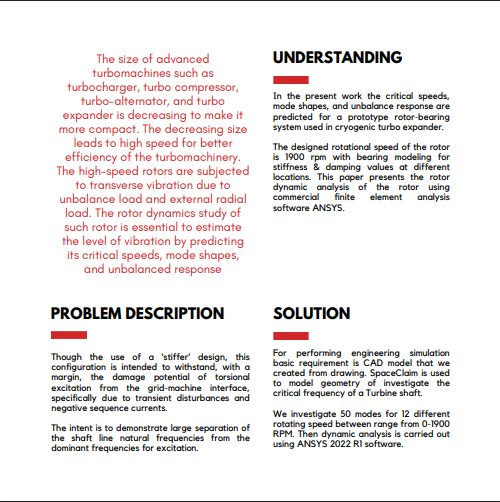
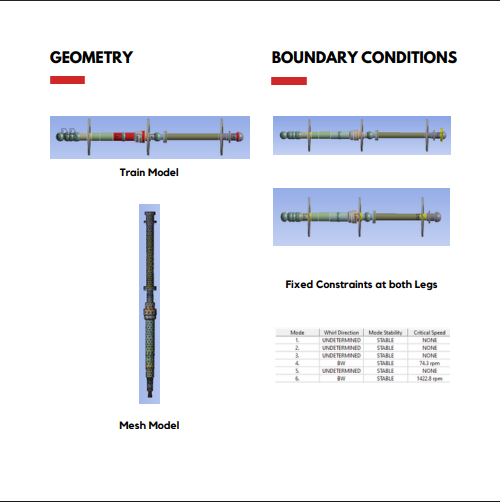
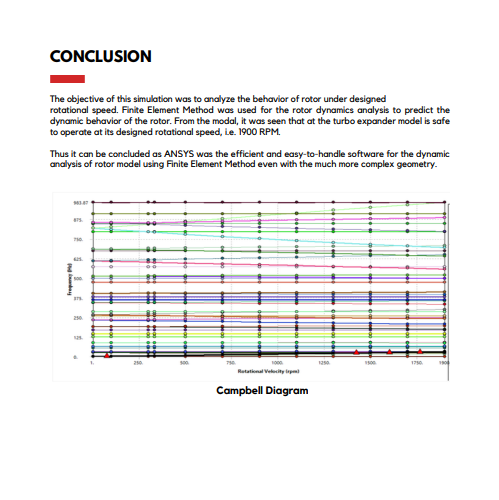
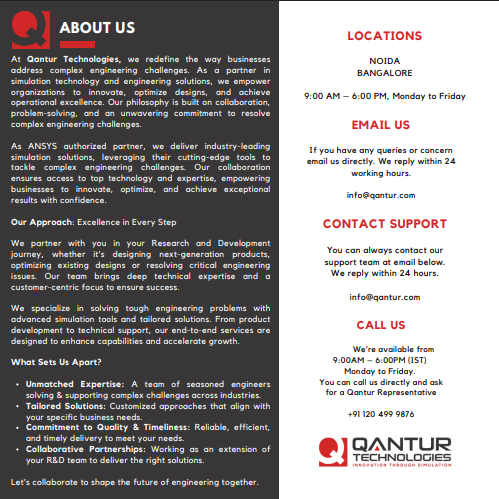





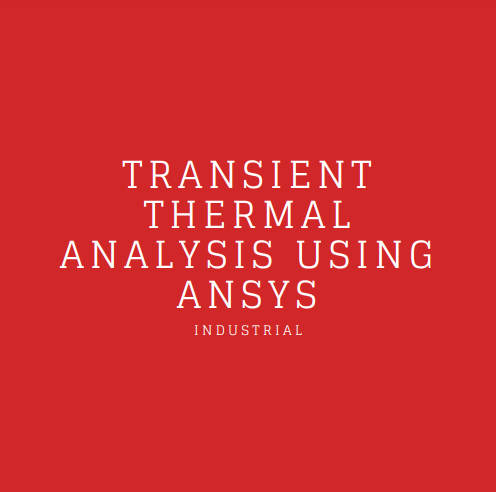
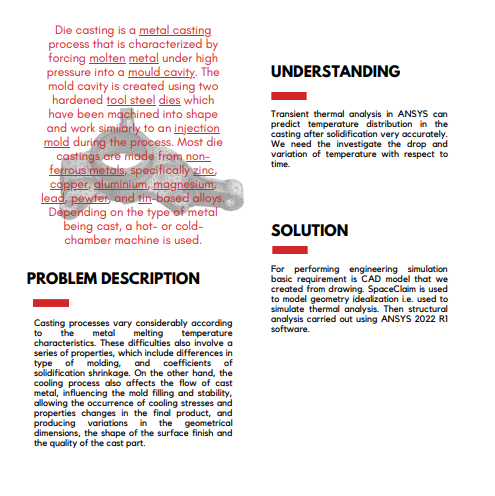
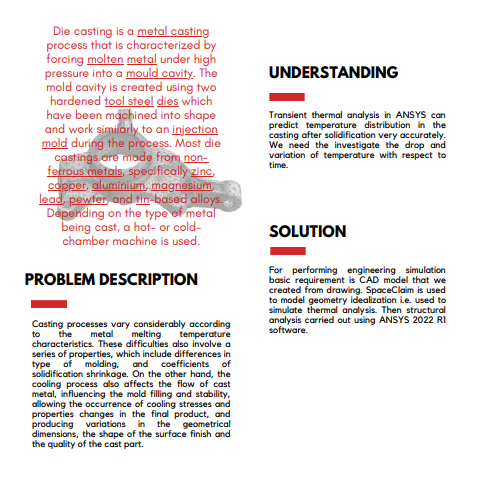
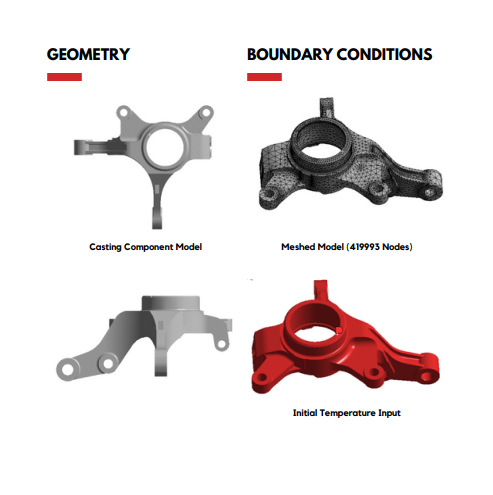
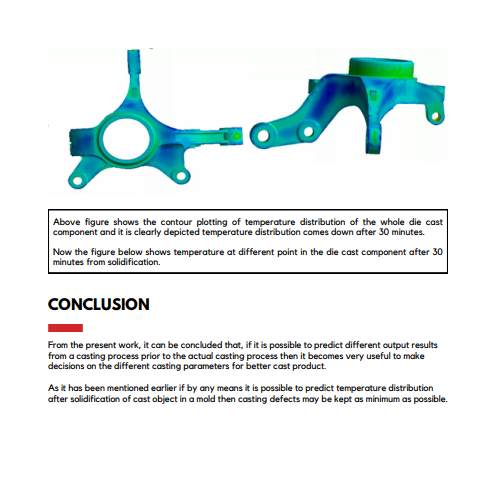
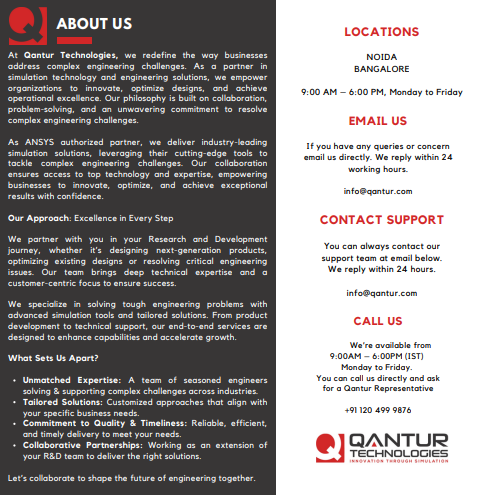







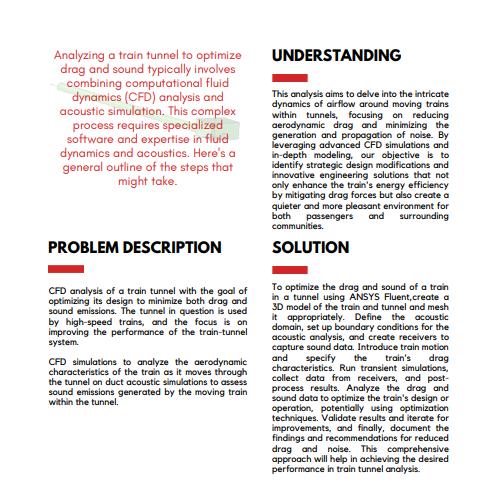
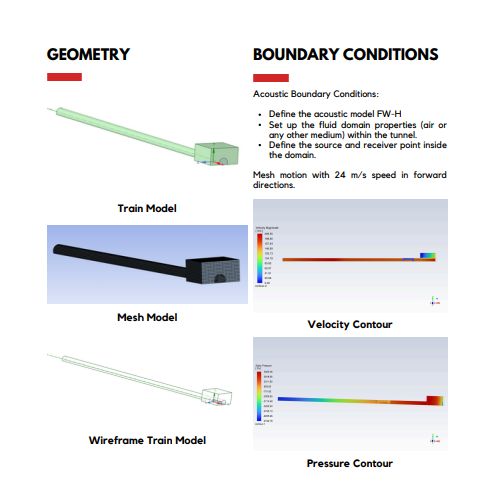
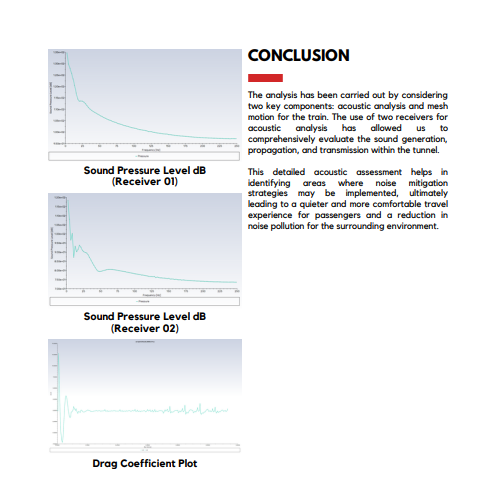











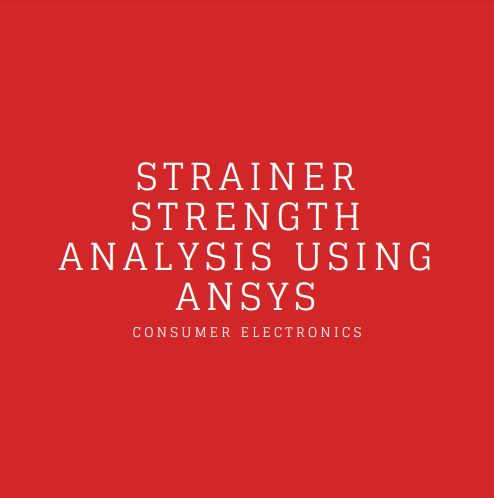
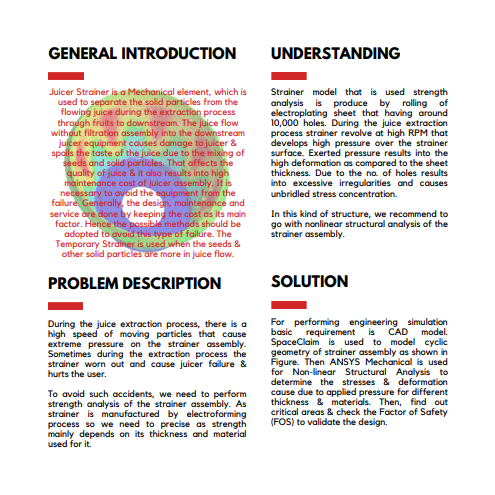
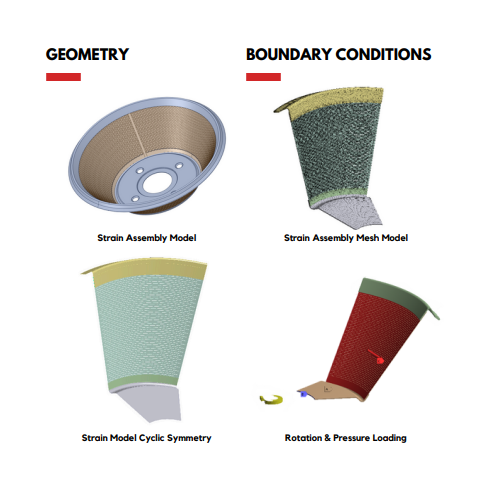
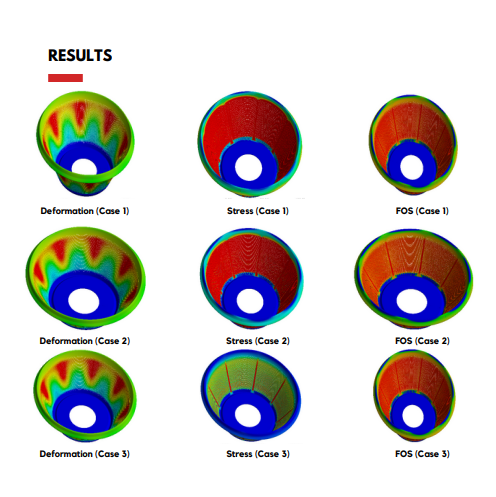
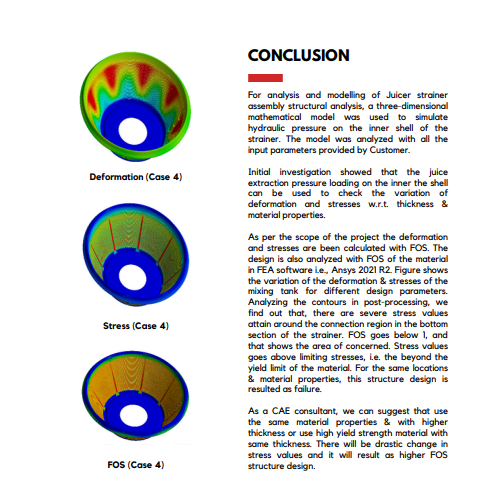
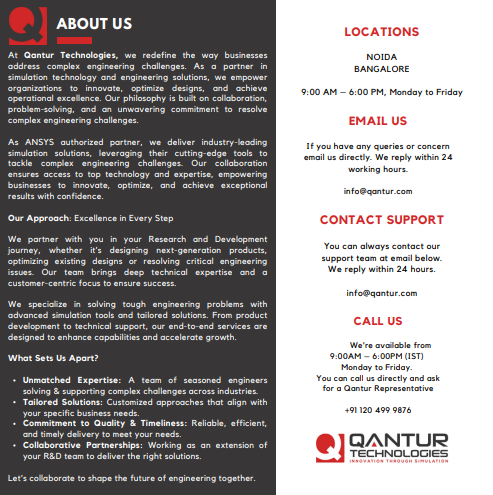







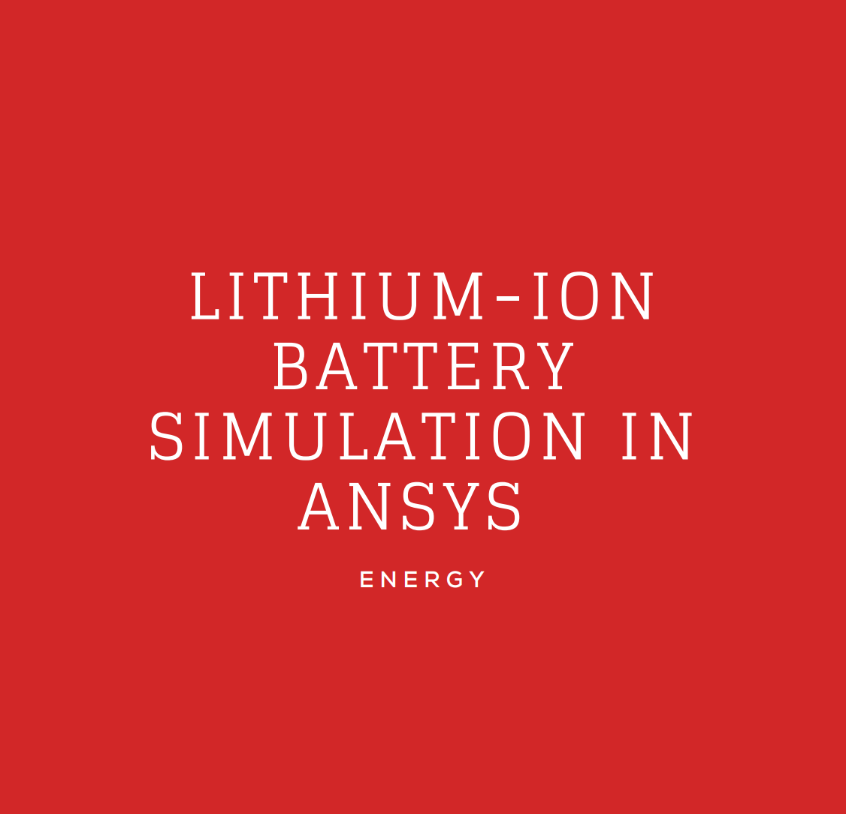
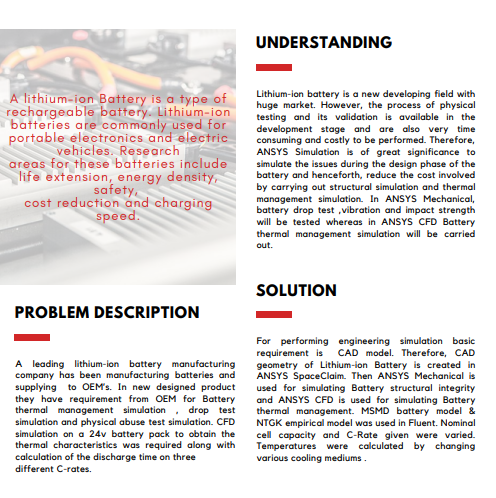
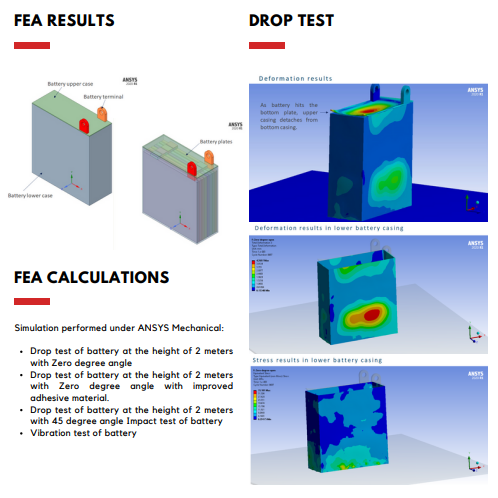
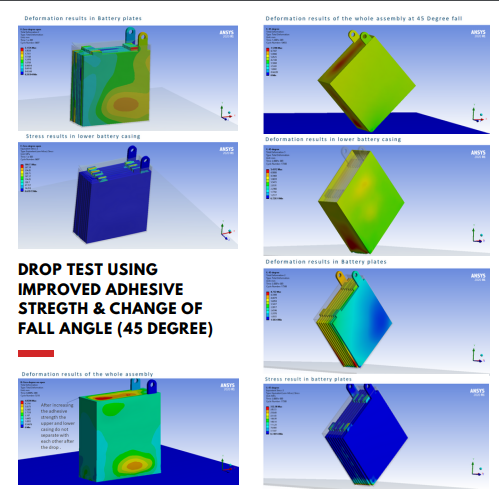
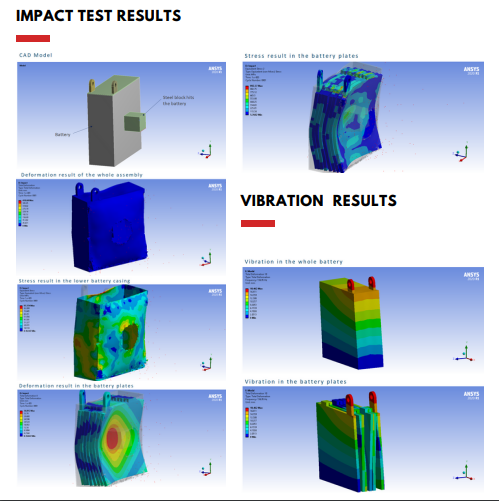
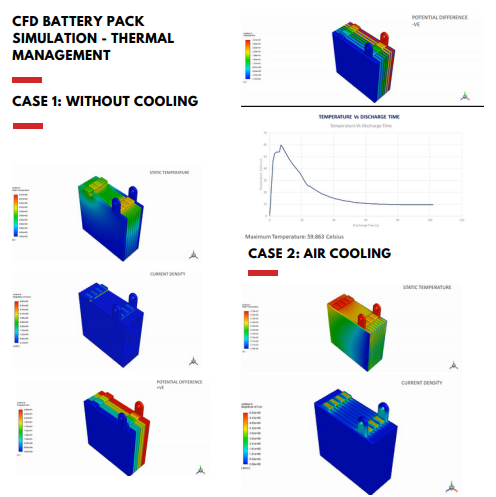
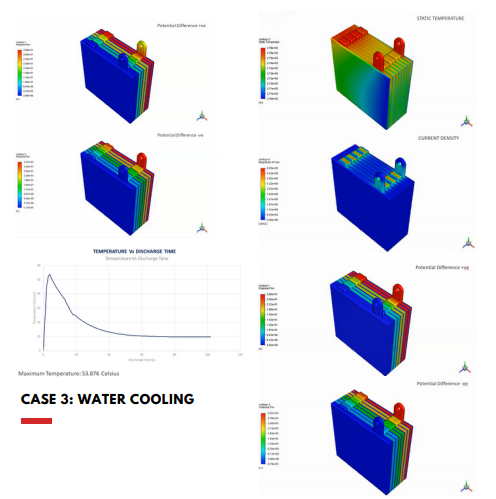
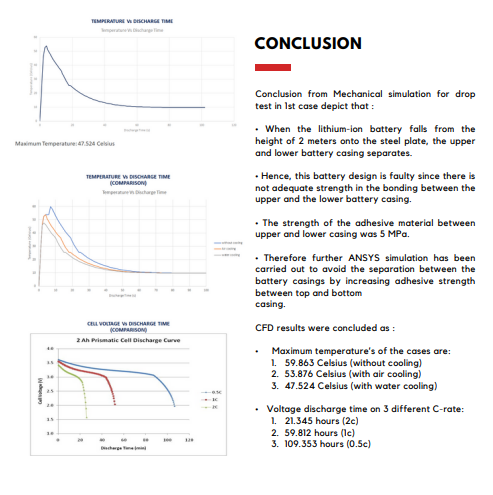

























Download Case Study
Transform Ideas into Reality—Explore Our Simulation Solutions Today!
Partner with Us to Revolutionize Engineering Excellence!
Testimonials
Customer Testimonials

Bengal Industries Pvt. Ltd
The ANSYS Mechanical training conducted by Qantur Technologies was highly informative and helped our engineers resolve critical challenges in contact modeling, meshing, and fatigue analysis. The sessions were well-coordinated, delivered on schedule, and supported with patient guidance by the trainer and account manager. We truly value Qantur’s expertise, professionalism, and post-sales support.
Bengal Industries Pvt. Ltd

Bliss Anand Pvt. Ltd.
During our evaluation of CFD solutions, Qantur Technologies stood out for their technical expertise, reliability, and customer-focused approach. Their consulting projects achieved 98% accuracy compared to experimental values, instilling strong confidence in their capabilities. Based on this experience, we selected them as our preferred partner for ANSYS software, consulting, training, and support. We highly recommend their services to organizations with simulation requirements.
Bliss Anand Pvt. Ltd.
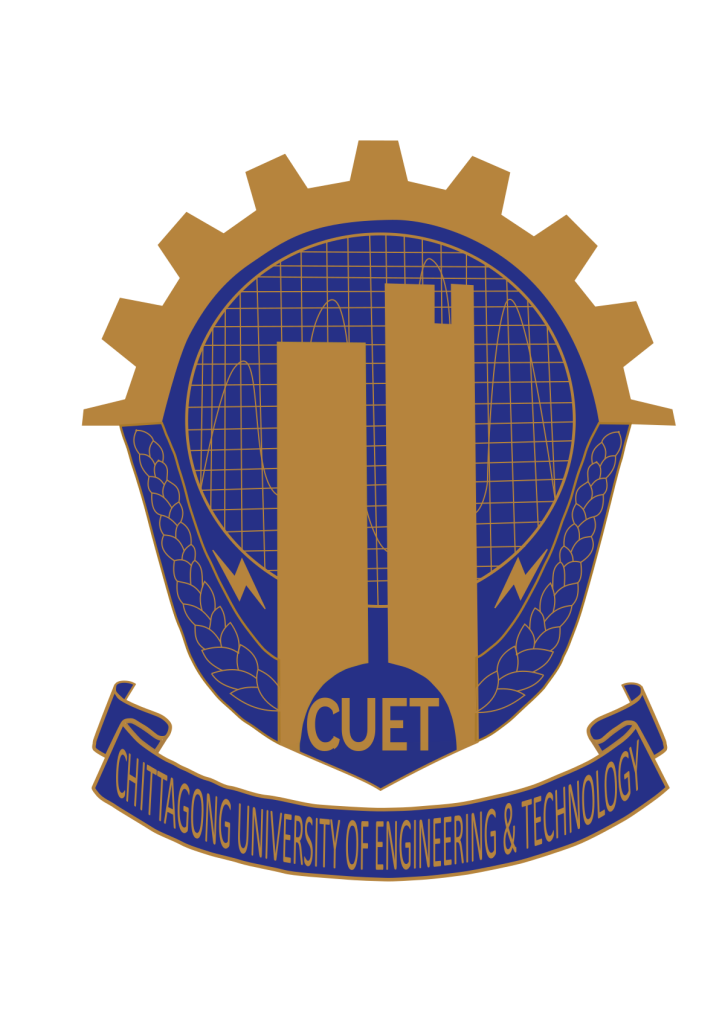
CUET, Department of Mechanical Engineering
We experienced significant value from Qantur Technologies’ expertise in ANSYS solutions, particularly in FEA and CFD consulting. Their skilled engineers provided insightful training on geometry, meshing, and modeling, which enhanced our students’ and faculty’s analytical skills. With exceptional support and patience from their trainers, we are pleased to recommend Qantur Technologies for ANSYS implementation, training, and advanced simulation services.
CUET, Department of Mechanical Engineering

Entecnia Consulting Pvt. Ltd.
Our collaboration with Qantur Technologies for ANSYS implementation and consulting has been outstanding. Their commitment, technical expertise, and timely support in FEA and CFD have added significant value to our engineering and R&D teams. The exclusive 15-day training session further enhanced our team’s analytical skills, and we truly appreciate their professionalism and ownership in managing the entire process seamlessly. We highly recommend Qantur Technologies for advanced CAE solutions.
Entecnia Consulting Pvt. Ltd.

Flovel Energy Pvt. Ltd.
Our experience with Qantur Technologies in implementing ANSYS HPC and CFD solutions has been remarkable. Their skilled engineers conducted in-depth training for our R&D team, equipping us with advanced methods to simulate hydro turbines and enhance component performance. Their reliable support, technical expertise, and resource assistance make them a trusted partner for ANSYS software, consulting, and training. We highly recommend Qantur Technologies for any ANSYS-related services.
Flovel Energy Pvt. Ltd.

Flovel Energy Pvt. Ltd.
We truly value the ANSYS SpaceClaim training conducted by Qantur Technologies at our R&D center. The course was tailored to our requirements, highly informative, and supported by hands-on workshops that enhanced our team’s modeling skills. Their application engineer was proactive, helpful, and ensured customization aligned with our needs. We look forward to engaging Qantur Technologies again for future application-based trainings.
Flovel Energy Pvt. Ltd.

IoTechWorld Avigation Pvt. Ltd.
At IoTechWorld, we develop advanced drones for agriculture, survey, and surveillance, and ANSYS Mechanical & CFD have been instrumental in optimizing our designs. Qantur Technologies supported us with the right resources, training, and technical expertise to address complex FEA & CFD challenges. Their team’s commitment and knowledge have empowered us to innovate faster and more effectively. We highly recommend Qantur Technologies for ANSYS implementation, consulting, and support.
IoTechWorld Avigation Pvt. Ltd.

Karman Drones Pvt. Ltd.
Our collaboration with Qantur Technologies for At Karman Drones, innovation drives our mission in AI-powered autonomous drones. Qantur Technologies has been a key partner in implementing ANSYS software, providing outstanding FEA & CFD expertise, consulting, and hands-on training. Their engineers have empowered our team with advanced simulation knowledge, improving design validation, performance optimization, and overall efficiency. We highly recommend Qantur Technologies for their exceptional support and technical proficiency.
Karman Drones Pvt. Ltd.

Mittal Electronics
At Mittal Electronics, innovation and R&D are at the heart of our product development. Partnering with Qantur Technologies for ANSYS FEA & CFD has been transformative—helping us accelerate design validation, optimize performance, and tackle complex engineering challenges with confidence. Their expert training, consulting, and quick response have greatly strengthened our engineering capabilities. We look forward to continued collaboration with Qantur Technologies.
Mittal Electronics

MV Electrosystems Pvt. Ltd.
At MV Electrosystems, innovation in rail transportation demands precision and reliability. Partnering with Qantur Technologies for ANSYS ICEPAK & Mechanical has significantly enhanced our ability to optimize product design, improve efficiency, and accelerate development. Their expert training, technical guidance, and hands-on support in FEA & CFD not only strengthened our engineering skills but also deepened our understanding of core physics. We truly value this collaboration and highly recommend Qantur Technologies for simulation-driven innovation.
MV Electrosystems Pvt. Ltd.

Nicotra India Pvt. Ltd.
At Nicotra India, precision in fan design is critical. Qantur Technologies has been a valuable partner, providing quick and responsive CFD support—both onsite and online—that helped us validate designs and solve complex meshing and model setup challenges. Their extensive training sessions empowered our R&D team with practical simulation expertise, strengthening our analytical and design capabilities. We are pleased with their services and highly recommend them for ANSYS implementation and technical support.
Nicotra India Pvt. Ltd.

NTF (India) Pvt. Ltd.
At NTF India, we rely on advanced engineering solutions to deliver world-class automotive components. Qantur Technologies has been a trusted partner, supporting us with ANSYS implementation and in-depth FEA analysis for our key projects. Their professionalism, technical expertise, and ability to deliver under challenging conditions have consistently exceeded our expectations. We highly value their commitment and look forward to continued collaboration on future product development initiatives.
NTF (India) Pvt. Ltd.

Onassis Auto Limited
At Onassis Auto, precision and reliability are at the core of our automotive components. With Qantur Technologies’ guidance in Ansys Mechanical, we have successfully enhanced our engineering capabilities, optimized transmission components, and improved efficiency. Their hands-on training, prompt support, and expertise in FEA have greatly empowered our R&D team. We are pleased to recommend Qantur Technologies for their outstanding technical services and commitment.
Onassis Auto Limited

P2P Analysis & Solutions
At P2P Analysis & Solutions, innovation is our core, and Qantur Technologies has been an invaluable partner in this journey. Their technical excellence in Ansys Mechanical and LS-DYNA, coupled with meticulous training and proactive support, has empowered our team to solve complex challenges with confidence. Their professionalism, collaborative approach, and customer-centric commitment make them a trusted long-term partner. We strongly recommend Qantur Technologies for any Ansys-related solutions and services.
P2P Analysis & Solutions

S&O Marintime
S&O Marintime



